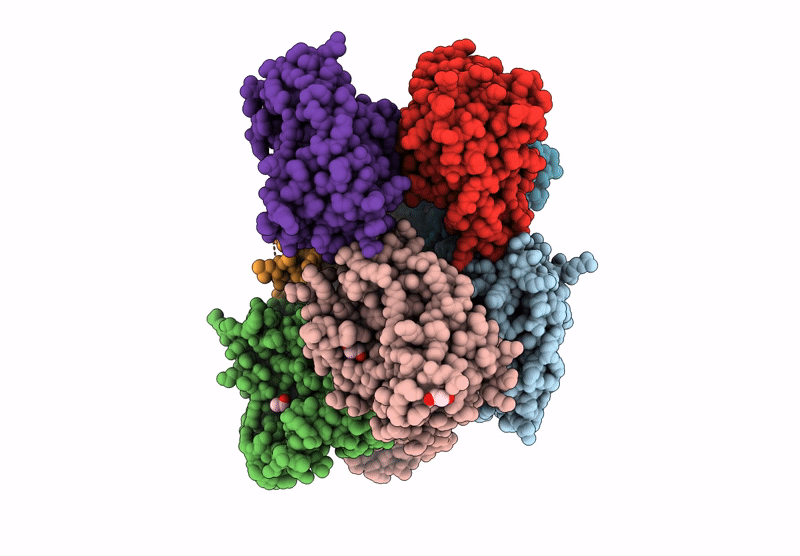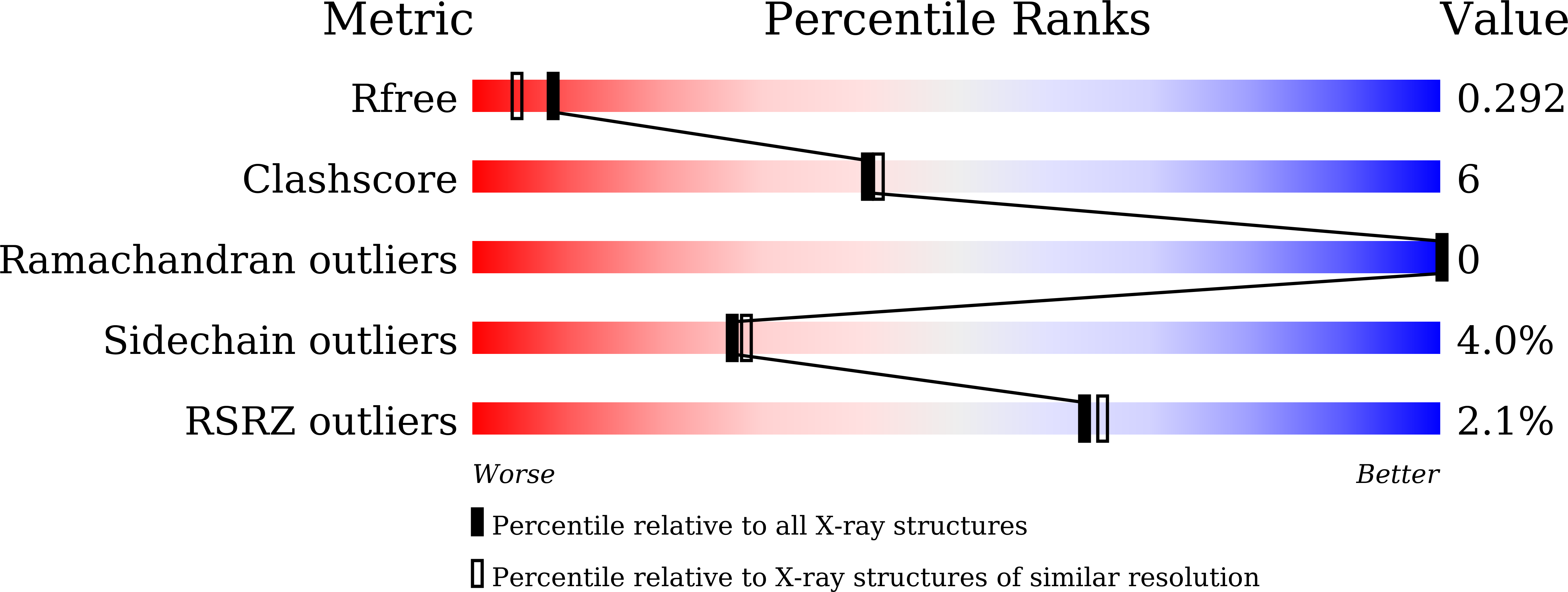
Deposition Date
2024-08-14
Release Date
2024-12-04
Last Version Date
2025-04-09
Entry Detail
PDB ID:
9J61
Keywords:
Title:
Crystal structure of a cyclodipeptide synthase from Streptomyces sapporonensis
Biological Source:
Source Organism:
Streptomyces cinnamoneus (Taxon ID: 53446)
Host Organism:
Method Details:
Experimental Method:
Resolution:
2.10 Å
R-Value Free:
0.29
R-Value Work:
0.23
R-Value Observed:
0.23
Space Group:
P 1


